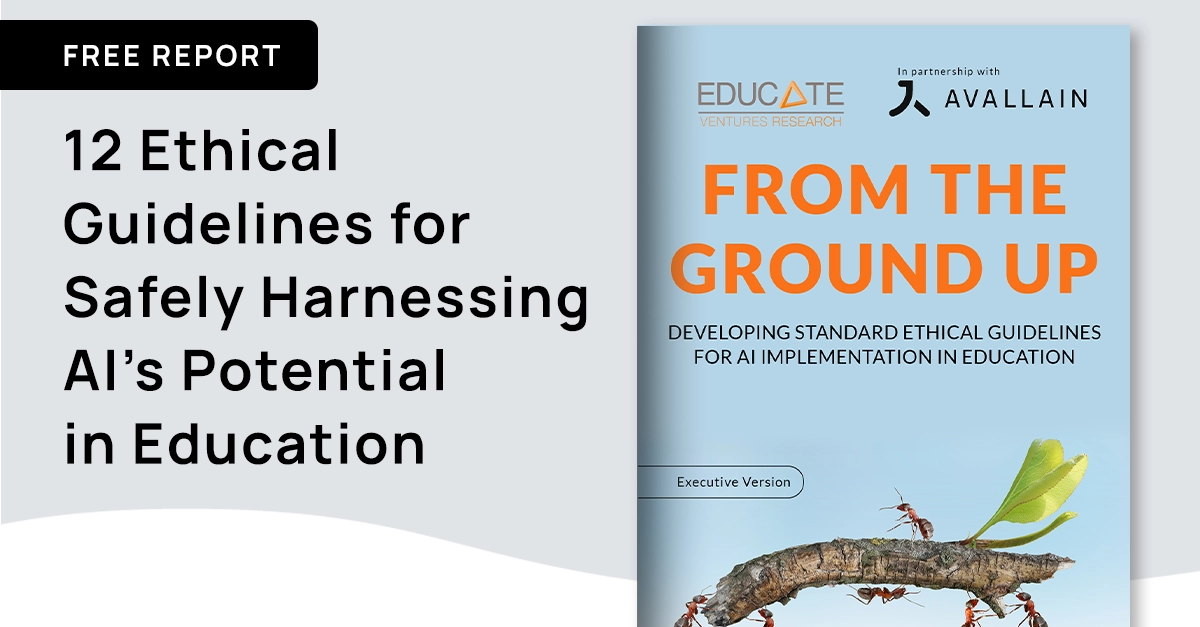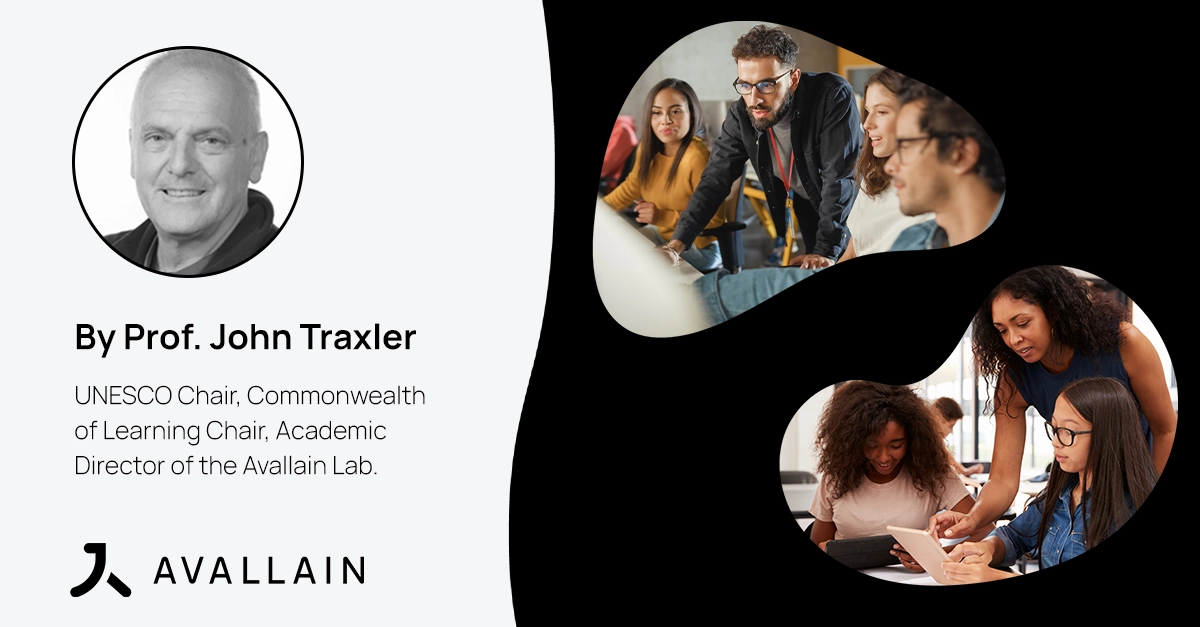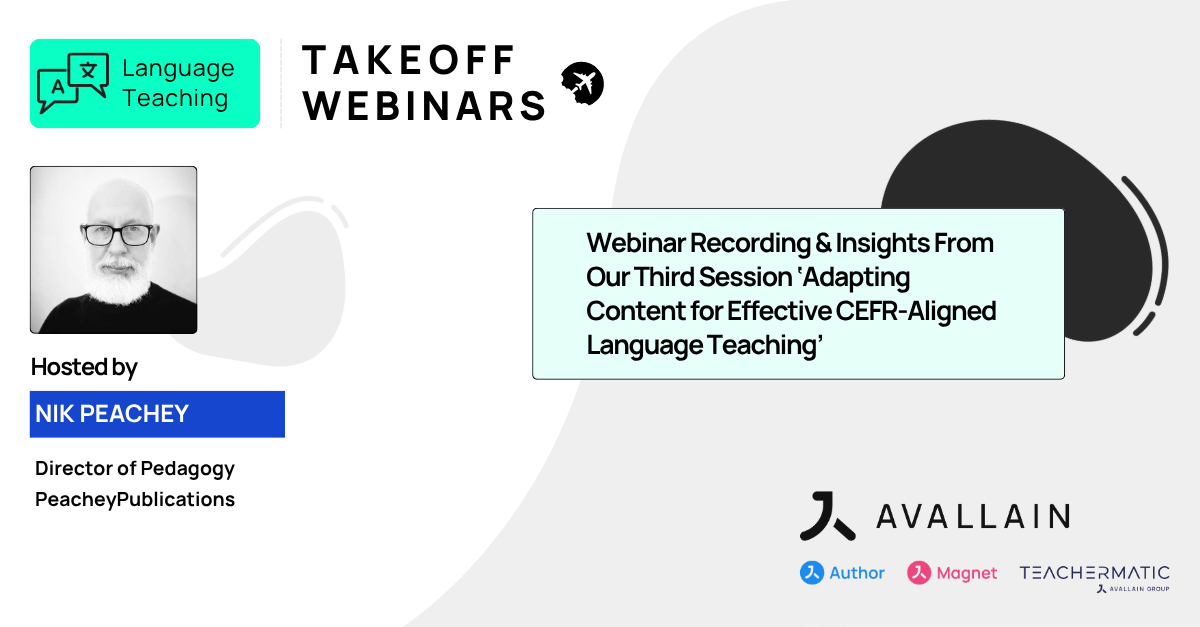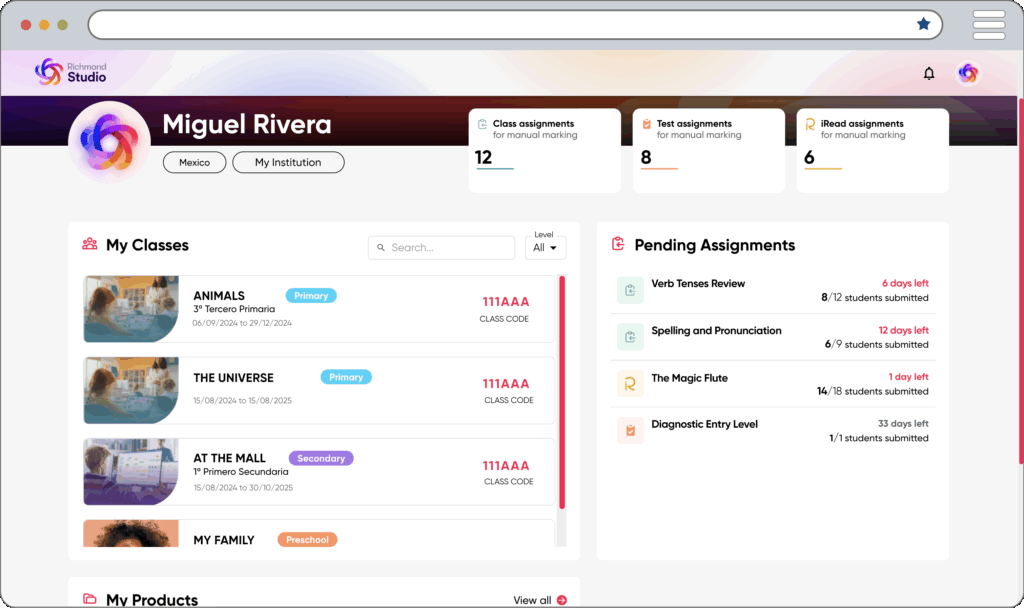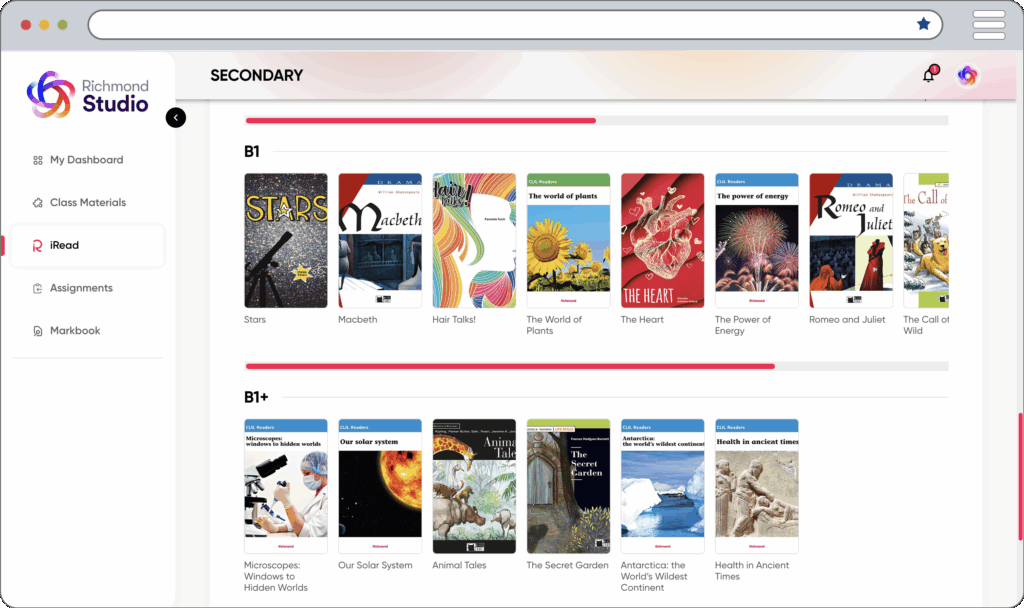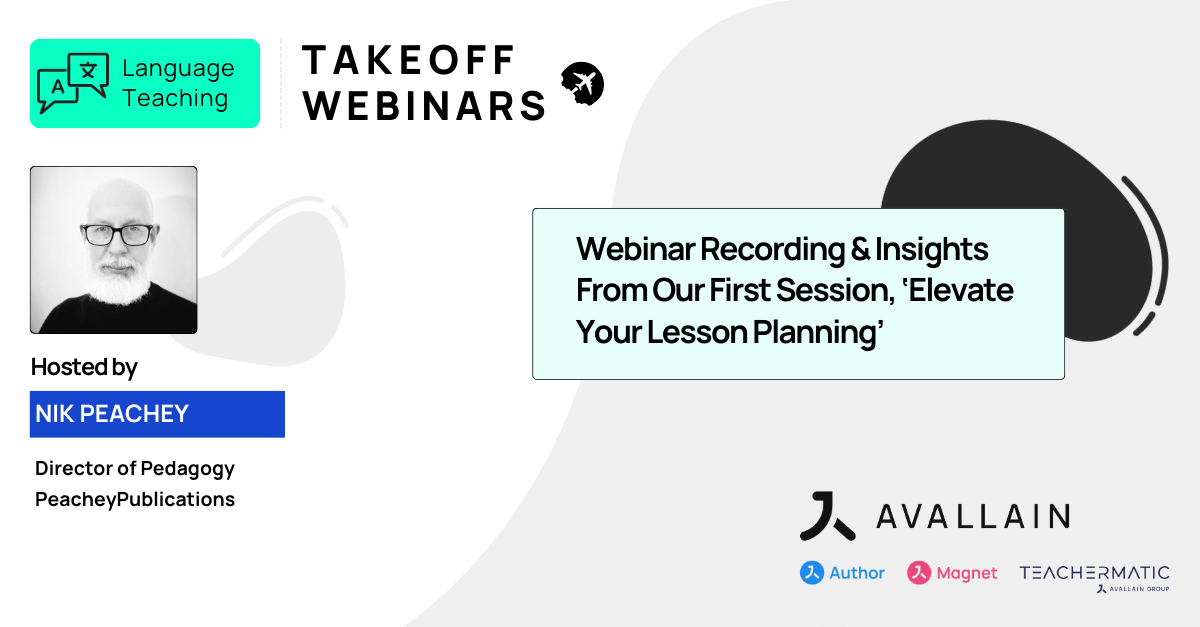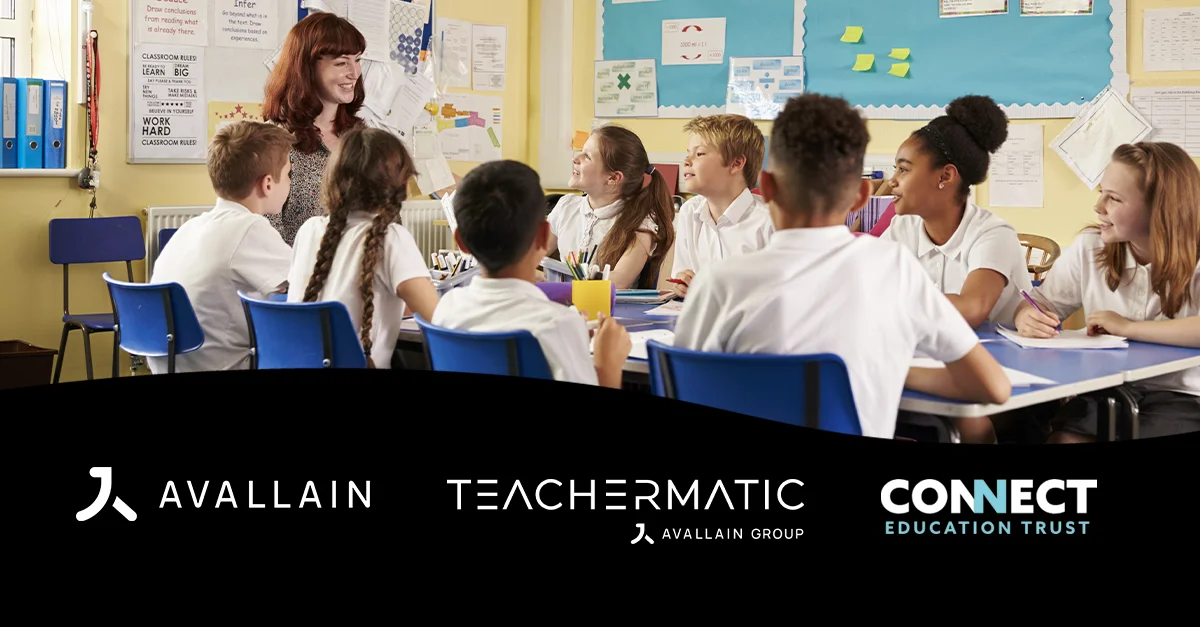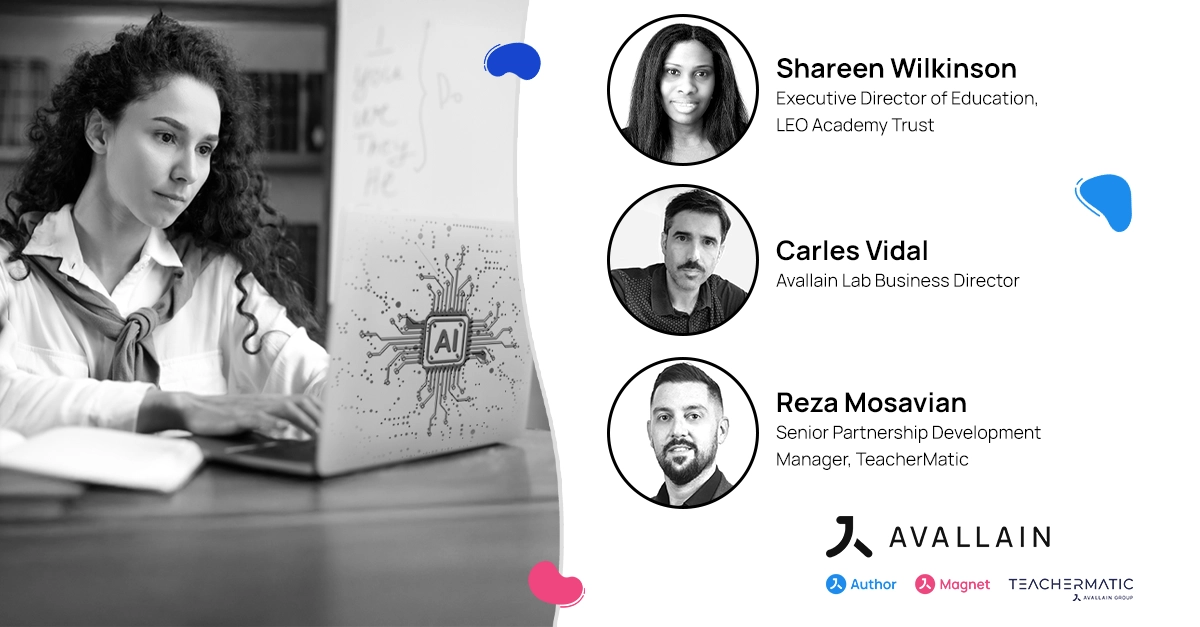As the European Accessibility Act (EAA) deadline approaches, organisations delivering digital education must take decisive steps to ensure inclusivity. At Avallain, we’ve built accessibility into the core of our technology, empowering publishers, institutions and teachers to reach every learner, regardless of ability or context.
Delivering Accessible Learning Experiences: Avallain’s Inclusive Design Approach
St. Gallen, June 2025—The European Accessibility Act (EAA) will come into force on 28th June 2025, and educational organisations across the EU are preparing to meet a new legal standard for digital inclusion. For those offering digital education, this moment brings both the challenge of ensuring compliance and the opportunity to enable broader, fairer participation by removing barriers to participation.
At Avallain, we believe the long-standing commitment to accessibility should be guided by more than regulations. It reflects the belief that digital education should empower all learners. Through expert partnerships, rigorous audits and accessibility-first product design, we aim to enable the educational sector to meet and exceed the expectations set by the EAA.
Accessibility by Design: Supporting Legal Compliance and Learner Success
The EAA harmonises European accessibility requirements for a wide range of digital services, including e-learning content and platforms. Digital education tools must meet recognised standards such as the Web Content Accessibility Guidelines (WCAG) 2.1 AA.
Rather than viewing these requirements as a constraint, publishers and institutions can embrace them as a framework to deliver more inclusive, effective learning. Avallain’s accessibility strategy enables our partners to:
- Reach broader audiences, including learners with disabilities and those using assistive technologies.
- Increase platform usability and content clarity for all learners.
- Build trust and credibility in competitive, regulated markets.
By integrating accessibility into every layer of our technology stack, we make compliance achievable and meaningful.
Avallain Author: Creating Accessible Content with Confidence
Avallain Author empowers education providers to develop digital content that meets the highest accessibility standards. Our built-in features allow content teams to create inclusive learning experiences at scale, without additional overhead.
Key capabilities include:
- Keyboard and screen reader compatibility, enabling full navigation without a mouse.
- AI-generated alt text for all visual elements, helping to support visually impaired learners.
- AI-powered transcript and subtitle support for multimedia components.
- Customisable layouts that adapt to various learning needs, such as high contrast and font scaling, are supported by Mercury Design Pack’s accessibility features.
- Accessibility controls that inform content creators when media assets are compliant or have not met accessibility standards.
- A dedicated Accessibility module within the Author Training & Certification course, guiding users through Avallain Author’s accessibility features and how to apply them effectively.
These comprehensive accessibility features ensure that content creators and academic staff can confidently publish content that aligns with WCAG 2.2 AA and is ready for any compliance audit.
Mercury Design Pack: Building Accessibility into Every Interaction
To guarantee accessibility at every touchpoint, Avallain’s Mercury Design Pack, the foundation of our user interface, has been purpose-built for inclusive learning journeys.
Its accessibility features include:
- Strict adherence to WCAG 2.2 AA in every design element, from contrast ratios to focus states.
- Component-level keyboard accessibility ensures seamless navigation across all interactive elements.
- Scalable and readable typography, optimised for users with dyslexia and other reading differences.
- Consistent UX behaviours help all learners feel confident and in control, especially those with cognitive challenges.
Critically for content creation, dozens of interactive activity types built with Mercury have already been audited and validated for accessibility. This allows publishers and authors to create rich, engaging learning experiences that are fully aligned with international accessibility standards without requiring any extra adaptation or technical overhead.
Avallain Magnet: Delivering Learning Without Barriers
Accessibility doesn’t stop at content. It must extend to the platforms where learning happens. Avallain Magnet, our out-of-the-box learning management system, ensures every user can engage confidently and independently.
With Avallain Magnet, schools and institutions benefit from:
- Full screen reader support across teacher, learner and admin environments.
- Colour and spacing customisation options, supporting neurodiverse learners and those with visual impairments.
- Consistent keyboard navigation, allowing users to interact with the platform using only the keyboard.
These features are embedded by default, giving schools, institutions and teachers the peace of mind that their digital learning delivery is design-inclusive.
TeacherMatic: Helping Teachers Create Inclusive Materials Instantly
Accessibility must be effortless for individual educators. TeacherMatic, our AI toolkit designed for teachers, integrates accessibility best practices into every generator.
Whether users are creating quizzes, rubrics or complete lesson plans, TeacherMatic includes:
- Inclusive activity design, incorporating Bloom’s taxonomy and Universal Design for Learning (UDL) principles.
- Templates and content that consider learners with dyslexia, ADHD and other learning differences.
- Time-saving tools so teachers don’t have to start from scratch and can instead focus on adapting materials for diverse needs.
By embedding inclusive defaults into content creation, TeacherMatic supports educators in safely delivering compliant, learner-centred instruction without the burden of technical know-how.
AI for Accessibility: The Mission of the Avallain Lab and Avallain Intelligence
Beyond compliance, Avallain invests in future-facing developments to expand what accessibility can mean in digital education. We explore how AI can actively support inclusion through our dedicated R&D arm, Avallain Lab, and our responsible AI framework, Avallain Intelligence.
This includes:
- Collaborating with accessibility experts such as the Digital Accessibility Centre to evaluate and improve our products.
- Embedding accessibility principles into our development cycles to ensure all innovations align with WCAG 2.2 AA standards.
- Using AI responsibly to support content creation workflows, such as generating alt text, subtitles and transcripts to enhance media accessibility.
By integrating accessibility into every layer of our technology and development pipeline, we support industry stakeholders to meet evolving standards while staying focused on learner equity and inclusion.
Accessibility Is Everyone’s Future
As the EAA comes into force, accessibility has become a shared priority across the education landscape. For some, it’s a new legal requirement. For others, it’s a long-held value. For all, it’s an opportunity to create learning experiences that are fairer, broader and more impactful.
We believe in supporting publishers, schools, institutions, content creators and teachers in this journey to not just meet a legal standard but to set a new one. When learning is truly accessible, everyone benefits.
Visit our Accessibility page to learn more about Avallain’s approach to accessibility in education and download our latest Accessibility Conformance Report.
About Avallain
At Avallain, we are on a mission to reshape the future of education through technology. We create customisable digital education solutions that empower educators and engage learners around the world. With a focus on accessibility and user-centred design, powered by AI and cutting-edge technology, we strive to make education engaging, effective and inclusive.
Find out more at avallain.com
_
Contact:
Daniel Seuling
VP Client Relations & Marketing

